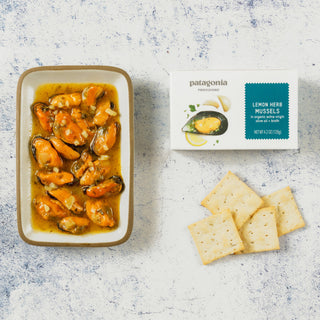Honey
One-third of the world’s food supply depends on insect pollination by species like honey bees. But bee populations have plummeted, partly due to agricultural chemicals. And most honey has some level of pesticide. That’s why we go to great lengths to source honey from places where bees—and the delicious nectar they produce—are protected from toxins and have plenty of organic flower sources for food.

Organic Moloka’i Honey
On the eastern end of Moloka’i, in Hawaii, lies a unique honey bee sanctuary called Pu’u O Hoku Ranch.
Here bees forage thousands of acres of certified biodynamic farmland and conservation land, protected from insecticides, pesticides, and fungicides. They are thriving. They pollinate the ranch’s crops, which yield bountiful harvests. And they produce a honey that is exceptionally pure; regular testing reveals it to be entirely free of toxins.
Liquid Gold
To produce a single pound of honey, honey bees need to collectively harvest nectar from over 2 million flowers. When plants are blooming, bees forage ceaselessly, roaming as far as 2.5 miles in search of food. A single honey bee, industriously gathering nectar (and pollinating plants) over her six-week lifespan, can produce only about a teaspoon. No wonder many farmers and apiculturists refer to honey as “liquid gold.”







